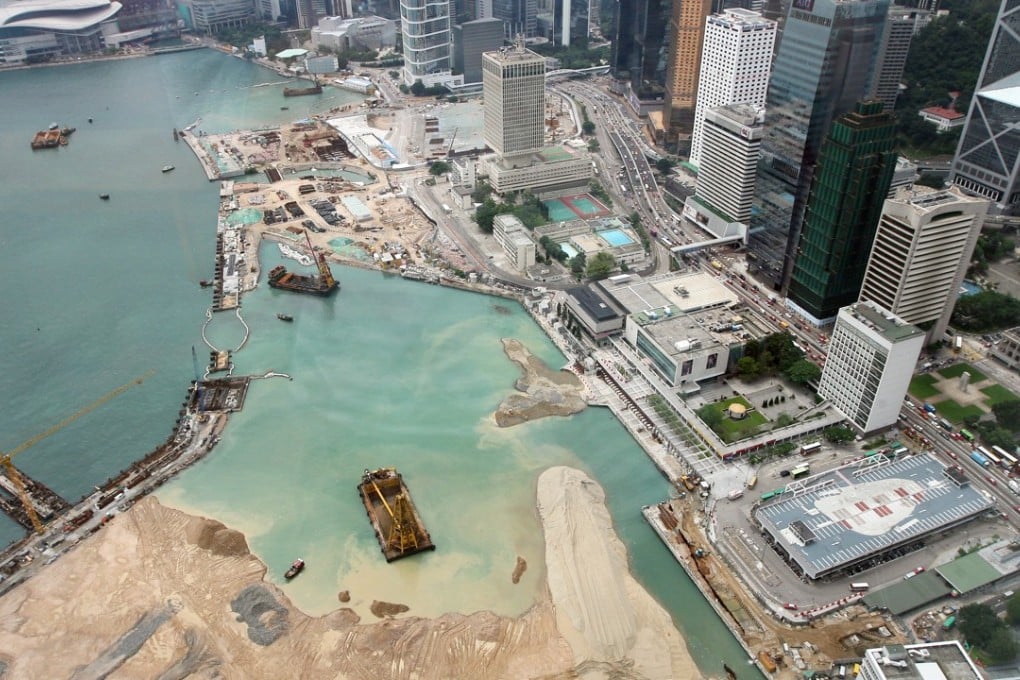Hong Kong land reclamation explained: the good, bad and ugly methods of pushing back the sea
About 6 per cent of city is reclaimed land, and while extending the shoreline of a land-starved society seems ever more attractive, critics say it would not solve housing issues

With 7,014 people per sq km, Hong Kong is the world’s fourth most densely populated jurisdiction in the world, according to the UN, trailing only Singapore (8,155 people per sq km), Macau (20,821 people per sq km) and Monaco (25,969 people per sq km).
No wonder then, that land reclamation, often seen as a last resort when a country or city runs out of urban space, holds such allure in a place notorious for its housing shortage.
The sites under consideration are Lung Kwu Tan in Tuen Mun, Ma Liu Shui in Sha Tin, Siu Ho Wan and Sunny Bay on Lantau Island, and Tsing Yi Southwest.
The proposal, however, reignited a debate on whether eyeing the sea would be the remedy to Hong Kong’s long-standing land woes.